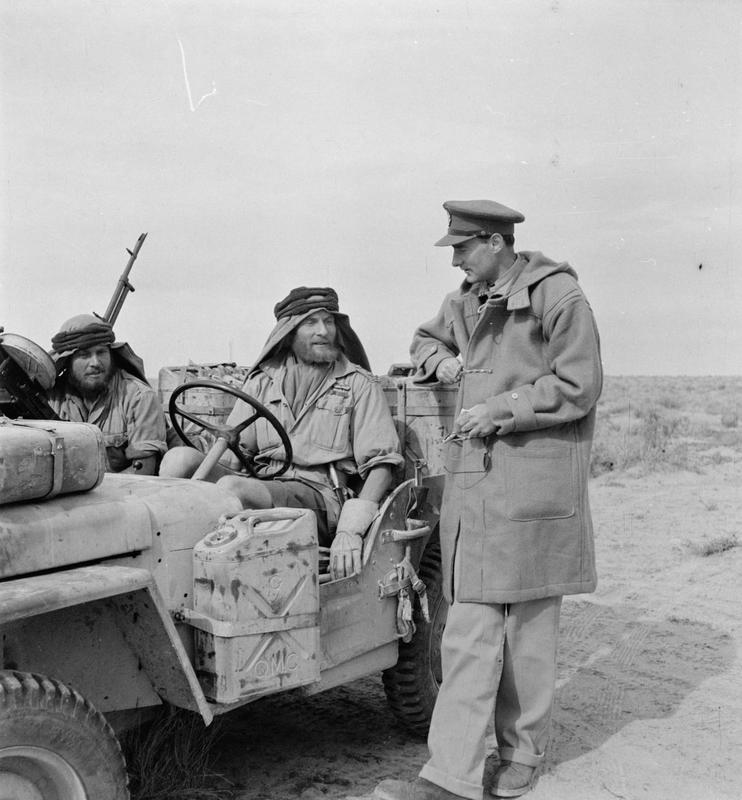The Raid On Sidi Haneish Airfield
The Raid on Sidi Haneish Airfield occurred as a part of the Western Desert Campaign of World War II in the year 1942.
As the German Luftwaffe had many assists stationed at the airbase, this became an obvious target for British high command to free up the airspace over Africa.
This mission was tasked to the British SAS, or British Special Air Service, mainly composed of British and free French fighters.
The LRDG, or Long Range Desert Group, also took part in the raid and played a pivotal role in the outcome.
Formed in 1940, the LRDG’s main objective was long range desert reconnaissance and intelligence missions through the use of high speed land vehicles such as Ford trucks and Willys Jeeps.
Under the command of David Stirling, the plan for the raid was as follows: SAS forces would mount four Vickers K machine guns on the LRDG jeeps, smash their way into the airfield and shoot up as many aircraft as they could. The Vickers guns, originally intended for aerial use, were loaded with explosive incendiary rounds for maximum damage. With a total of eighteen jeeps, drivers were to form two columns of nine during their raid on Sidi Haneish Airfield.
Preceding the attack, a forward base about 50 miles from the airfield was set up to serve as a starting point before the raid and a destination to race back to after. The raid took place on the dusk hours of the 26th of July, and no problems occurred during the initial drive to the target. On approach however, the airbase was lit up as a German bomber approached to land on the runway.
After a while, Stirling gave the go signal and the eighteen British jeeps rushed on the airfield and began shooting at parked aircraft with their machine guns. The chaos caused by such a lightning quick attack caused the German defense to be disorganized and ineffective.
However, eventually German anti aircraft fire caught one of the British jeeps, causing it to break down. After two sweeps of the airfield, the order to retreat back to the forward base was given and the jeeps sped back under the cover of darkness.
The result of the raid was an overwhelming allied success, as the SAS and LRDG had claimed a total of 37 German aircraft in the raid, along with numerous other German personnel casualties. These included Ju 87 Stuka Dive-Bombers, Ju 52 cargo aircraft, and Bf 109 fighters. The loss of multiple Ju 52 cargo aircraft hit the German war effort especially hard, as supply lines within German forces were already strained.
The loss of further supply aircraft made it much more difficult to transport much needed supplies to the front.
The allied forces lost one jeep and one SAS operative in the initial attack as well as two more jeeps and one soldier during the escape. This was due to a group of fleeing jeeps having punctures and mechanical breakdowns as an aftermath of the raid. They were found in the morning by a squadron of four Stuka dive-bombers, which attacked the straggling allied forces until they ran out of ammunition.
Perhaps the sheer brashness of the attack is what allowed the allied forces to be successful in their objective, as bewildered German forces scrambled to defend their airfield.
Operations like these gave the SAS a legendary reputation throughout the war, which went under the motto ‘who dares wins’. Becoming a Navy SEAL : Former United States Navy Seal Lt George Hodgin on Mental Toughness & PTSD
The Raid On Sidi Haneish Airfield Written by Tony Cao
